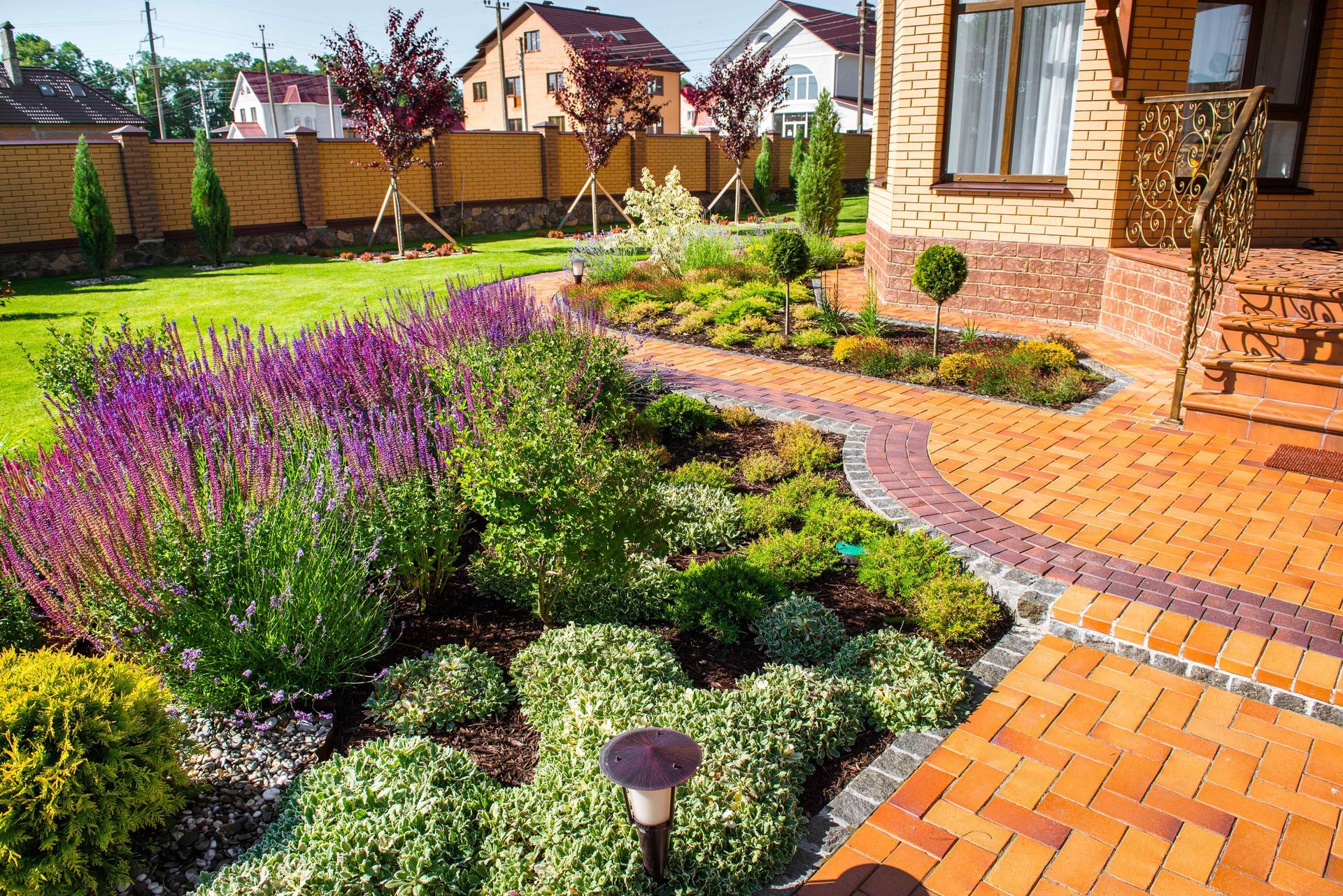What is Xeriscaping? A Sustainable Approach to Landscaping
The term "xeriscaping" has gained prominence as a sustainable and water-efficient approach to landscape design. Originating from the Greek word "xirós," meaning dry, xeriscaping is a landscaping technique that prioritizes water conservation.
Xeriscaping is a way to create visually appealing, low-maintenance landscapes. In this post, we will delve into the principles of xeriscaping, its key components, and why it has become increasingly important in the context of environmental awareness.
Understanding Xeriscaping
At its core, xeriscaping is about creating beautiful outdoor spaces while minimizing water usage. The principles of xeriscaping include:
Water Conservation.
The primary focus of xeriscaping is to reduce water consumption in landscaping. This is achieved through thoughtful plant selection, efficient irrigation methods, and soil improvements that enhance water retention.
Appropriate Plant Selection.
Xeriscaping uses native and drought-tolerant plants that are well-suited to the local climate. These plants have adapted to thrive in dry conditions, reducing the need for constant watering.
Efficient Irrigation.
Watering efficiency is a key aspect of xeriscaping. Drip irrigation, soaker hoses, and other water-efficient irrigation methods are preferred over traditional sprinkler systems to reduce water waste.
Mulching.
Mulch plays a crucial role in xeriscaping. Covering the soil surface reduces evaporation, suppresses weed growth, and helps regulate soil temperature. Organic mulches, such as bark or wood chips, are commonly used.
Soil Improvement.
Healthy soil retains water more effectively. Xeriscaping often involves amending the soil with organic matter, like compost, to enhance its water-holding capacity and improve plant health.
Key Components of Xeriscaping
Native and Drought-Tolerant Plants.
Xeriscaping emphasizes the use of plants that are adapted to the local climate. Native and drought-tolerant plants are well-suited for xeriscapes, as they use less water while contributing to the natural ecosystem.
Efficient Irrigation Systems.
To decrease water waste xeriscapes use water-efficient irrigation systems such as drip irrigation or soaker hoses. These systems deliver water directly to the plant roots, reducing evaporation and ensuring precise water distribution.
Mulch for Water Conservation.
Mulching is a key component of xeriscaping, serving to conserve moisture and regulate soil temperature. Mulch also enhances the aesthetic appeal of the landscape.
Why Xeriscaping is Important
Water Conservation.
In regions facing drought conditions, xeriscaping is crucial for reducing water consumption. By employing water-efficient practices, xeriscaping helps conserve this precious resource.
Environmental Sustainability.
Xeriscaping promotes environmental sustainability by using native plants that need minimal care, reducing excessive water usage. This aligns with broader efforts to protect ecosystems and biodiversity.
Cost-Effectiveness.
Xeriscaping can lead to significant cost savings over time. By reducing water bills, homeowners can enjoy a visually appealing landscape without excessive expenses.
Low Maintenance.
Xeriscapes are designed to be low-maintenance, requiring less time, effort, and resources for upkeep. This appeals to homeowners seeking visually appealing landscapes without needing extensive maintenance.
Conclusion
In conclusion, xeriscaping represents a forward-thinking and sustainable approach to landscaping. By prioritizing water conservation, xeriscaping contributes to environmental sustainability and cost-effectiveness.
As communities increasingly recognize the importance of responsible water usage and environmental stewardship, xeriscaping stands out as a practical and environmentally conscious choice for creating beautiful and sustainable outdoor spaces.
You might also like

Contact us now and let's embark on this exciting journey together.
Ready to elevate your outdoor living experience? Contact Premier Gilbert Landscaping today and schedule your consultation. Let us create a landscape that reflects your style, enhances your life, and brings beauty to every moment you spend outdoors.
Remember, your outdoor dreams are just a call away.
All Rights Reserved | Premier Gilbert Landscaping
Powered by webpro.ai



